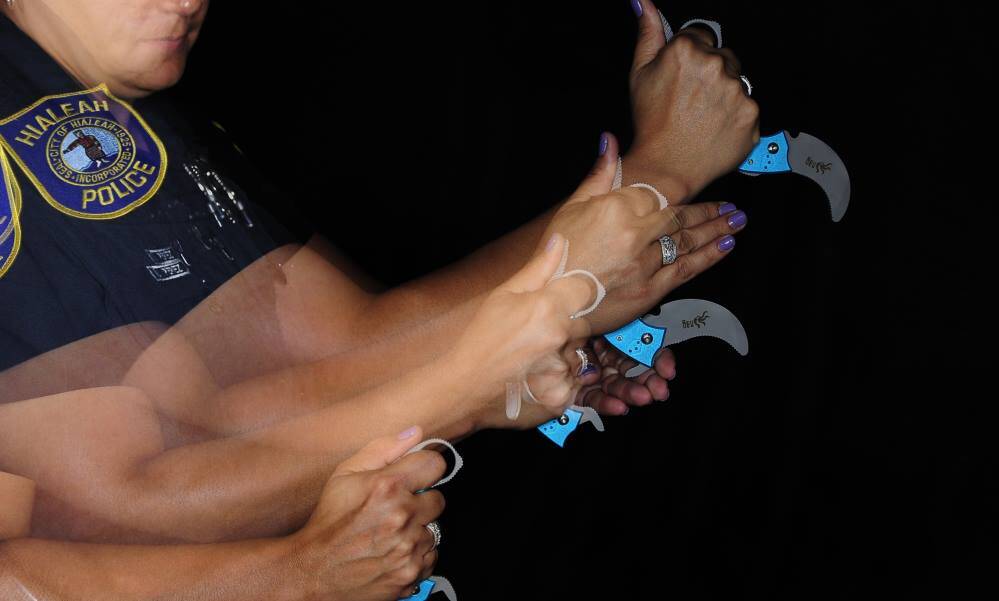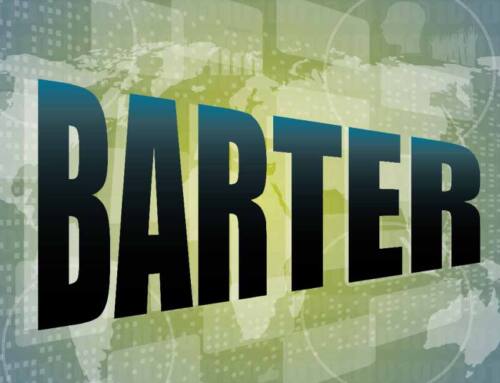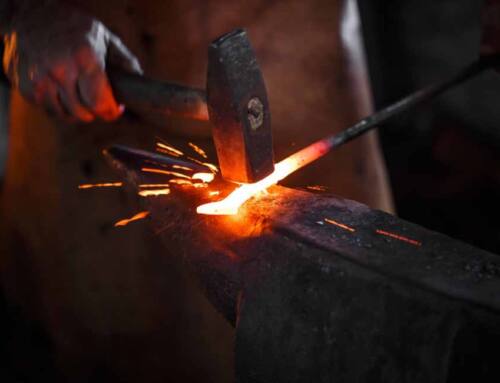Choosing the right knife to own is one thing. Knowing how to properly deploy that knife is just as, if not more, important.
But in order to know about knife deployment, it’s best to first know that it is not primarily concerned with tactical or defensive use, although that is important, as well.
Simply put, it means having your knife ready to use in a safe and convenient way for all types of activities, including work, camping and hunting. Or something as simple as opening a box.
If you’re a knife owner, learning proper deployment is a priority. Statistics from the federal government show that knives cause more injuries than any other tool, with an estimated 8.2 million injuries in the United States between 1990 and 2008.
Basic Rules for Knife Deployment
It is understood for the purposes of this article that you already understand the importance of having a knife that is properly cared for – clean, sharpened and contained in a proper sheath (more on that in a minute).
While there are different rules depending on the type of edge tool, there are some general rules to always keep in mind. They include:
- Make sure you are free of encumbrances when deploying an edge tool
- Make sure no one is close to you so you can avoid accidental injuries
- Practice makes perfect – and that’s never truer than when you are working with an edge tool.
Fixed Blade Deployment
Fixed blades remain popular with consumers because of the size and strength of the blade, which is generally stronger than what you will find in a folding knife.
Utilizing a fixed blades requires a specific set of skills. Much depends on how the blade is carried. The size of the knife, type of sheath, location of the knife on the body and the carry angle of the knife all come into play.
The first thing you have to decide is how to carry the knife. Examples include an across the body belt, a sheath attached to your belt, a shoulder harness – even a boot, pocket or a bag.
The next step is deciding how you want to deploy the knife, either handle up (the standard grip) or handle down (a reverse grip). Speed and ease of use are the primary goals. Once you pick a style, then stick with it.
And practice, practice, practice.
Folding Blade Knife Deployment
With folding blades, much of the above also applies. Carrying a folding knife typically means using your pocket or a bag. You can also a specialty holster, such as the QDH (Quick Deployment Holster) offered by Krudo Knives.
However you carry your edge tool, it’s important to ensure – once again, through practice – that the blade opens and locks when deployed.
You also must plan for a scenario in which the blade doesn’t lock, and how you plan to deal with such a situation.
No matter the type of blade or how you carry it, the main goal is to practice to the point where you are assured of quick and safe deployment when it comes time to use your edge tool.







Leave A Comment